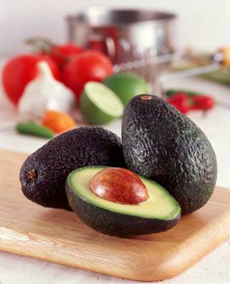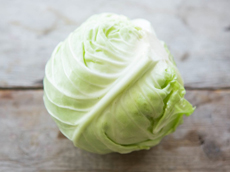TIP OF THE DAY: The Dirty Dozen & The Clean Fifteen
|
We are encouraged to eat 5 servings of fruits and vegetables daily for health and nutrition; but the items we buy are often heavily coated with pesticides residue. A quick rinse them doesn’t remove all of them; a sustained rinse under cold water with a light scrub from a vegetable brush is better. We use this special antimicrobial sponge; it’s easier to use than a conventional vegetable brush.
One reason to buy organic produce is to avoid these potentially harmful chemicals—especially for children and people with compromised health. Animal studies indicate toxicity that disrupts the normal functioning of the nervous and endocrine system, and increases risks of cancer. Each year the Environmental Working Group releases a list of produce with the most pesticides—The Dirty Dozen—and the least pesticides—The Clean 15. Here’s the Executive Summary of the most recent report. Pesticide residue testing data from the U.S. Department of Agriculture and Food and Drug Administration are analyzed, and result in rankings for the most popular fresh produce items. Blueberries and snap peas showed sharply different results for domestic-grown and imported. Here’s the list of the 50 most pesticide-laden fruits and vegetables. THE DIRTY DOZEN These are the results of the 2015 ranking of the produce with the greatest amount of pesticide residue. The list actually shows 15, not 12: The last three items were next in line and have been added to the list because of their popularity. Foods are listed in order of pesticide amount. |
|
|
|
|
||

|
THE CLEAN FIFTEEN
These fruits and vegetables are listed in order of least residue. |
|
|
|
||





